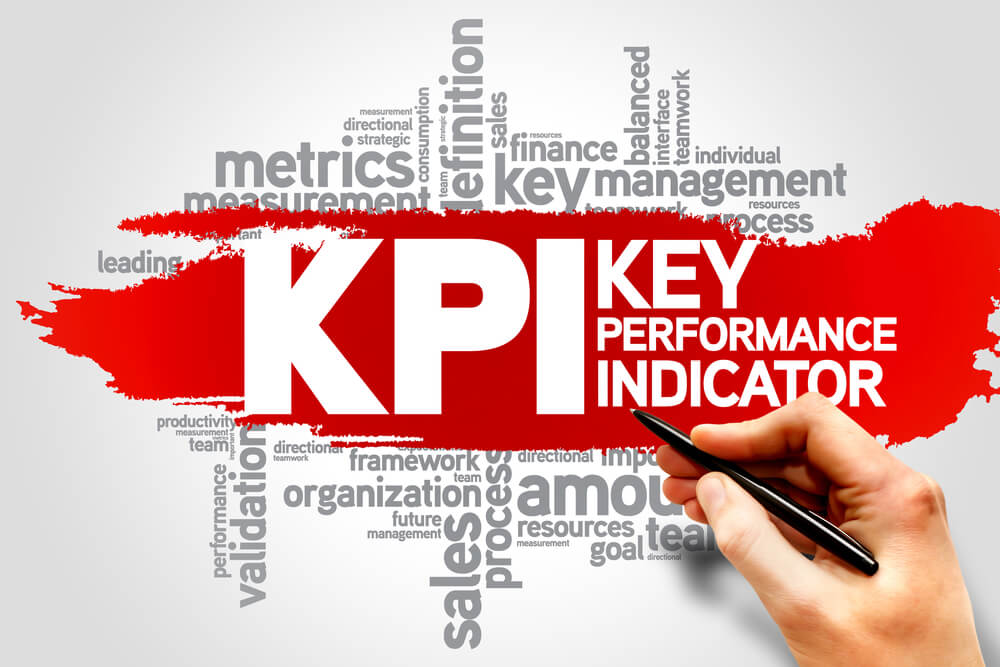A key performance indicator is a measurable value that demonstrates how effectively a company is achieving key business objectives. High-level KPIs focus on your overall performance, while low-level KPIs zero in on processes or employees in sales, marketing or at a call center.
A KPI for a sales team might include revenue and customer retention. For a customer support team, it might be on-hold time and post-encounter ratings. An HR department might measure its success by the level of employee turnover.
Remember that a KPI is only as valuable as the action it inspires. It would be wrong to blindly adopt industry-recognized KPIs without seeing how they reflect your own business. Without that, the KPI will very likely fail to affect any positive change in your company.
Instead, look at key performance indicators to gain a better understanding of which business processes need to be measured and who will most benefit from getting that information.
Every indicator should relate to a specific business outcome that can measured:
- What is it you want to achieve?
- Why does this outcome matter?
- How will you measure progress?
- How will you know you’ve achieved your outcome?
- How often will you review progress?
Evaluate and re-evaluate your criteria to ensure your KPIs are relevant to your firm. When you develop a KPI, consider how it relates to a specific business outcome. Customize KPIs to your situation.
- Write a clear objective. Your KPIs need to connect with a key business objective — something that is integral to your company’s success. Otherwise, you’re aiming for a target that doesn’t impact your firm.
- KPIs need to be more than an arbitrary number. They should express something strategic about what your business is trying to do.
- A KPI is useless unless it’s communicated properly. How can your employees follow goals if they don’t know what they are? You want your employees to see the direction the company is headed.
- Communicate your KPIs right away, but make sure you give them context. Explain what you’re measuring and why. Answer questions detailing why you’ve decided on one KPI over another. Then, listen to your employees: If you’re receiving lots of questions, it’s probably a sign you need to better communicate the strategic goals behind your KPIs.
- Your employees may have some great ideas on how to improve KPIs.
Tracking your progress against the KPI is important, but just as essential is tracking progress to assess success. Don’t fret if some objectives are unachievable — maybe you’re failing to track the underlying business goal. Check KPIs to see if you need to tweak them.
Look at your KPIs as a five-step process:
- Review business objectives.
- Analyze current performance.
- Set short- and long-term KPI targets.
- Review targets with your team.
- Review progress and readjust.
Let your KPIs evolve to fit the changing needs of your business, updating so they don’t become obsolete. All of this may sound exhausting, but it gets easier after you go through the process a few times.
Don’t forget to communicate when you and your team have accomplished a key goal. Everyone wants to know that the company is headed in the right direction. KPIs will improve your firm’s health, adding substance and weight via details. Developing performance indicators is both an art and a science.
If you have questions, contact an MCB Advisor at 703-218-3600 or click here. To review our business planning articles, click here. To review our tax news articles, click here. To learn more about MCB’s tax practice and our tax experts, click here.
©2019

